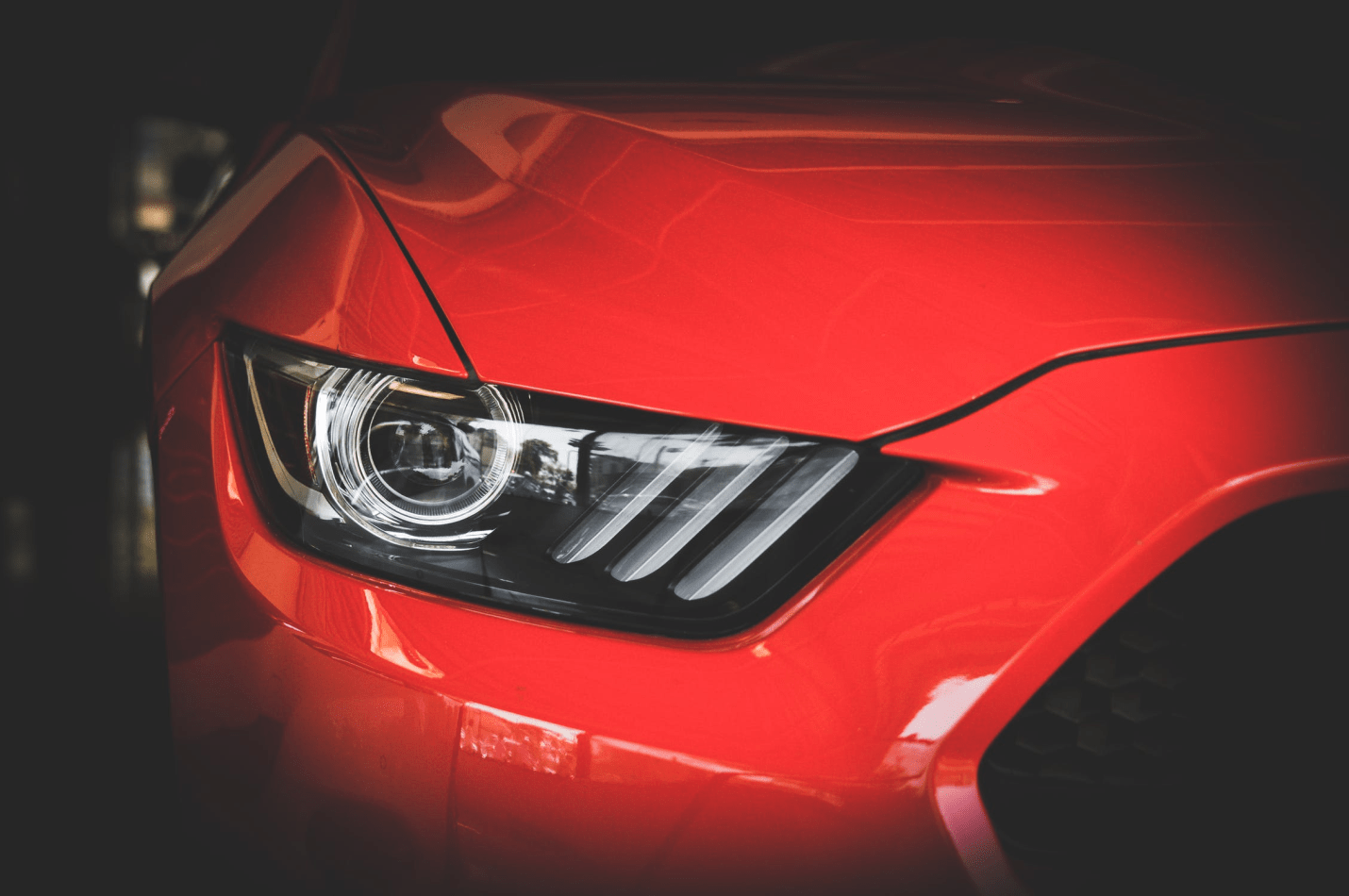Buying a used vehicle is always a gamble. A clean service record will reduce any risks to a minimum, but there are no guarantees. One of the largest risks you’re exposing yourself to with used vehicles is getting one that has been in an accident.
Professional bodywork shops are more than capable of restoring a crashed vehicle to a like-new condition. Their work is often good enough to fool an average buyer. However, there are tell-tale signs that you can look for and recognize such vehicles before you put your money on the table.
Panel Gaps
Putting together a car takes a lot of precision, which is why that job is left to industrial robots. Once a vehicle has been in an accident, it’s extremely difficult to replicate that level of precision. As a result, you’ll see panel gaps of different width in areas affected by the crash. Sure, there are cars that come out of the factory with uneven panel gaps, but those are extremely rare. When you go to look at a car, make sure to inspect all panel gaps, especially those around the hood, doors, and trunk.
Speaking of panels, drag your fingers on the edges of various panels. If a car has been in an accident and was repainted, chances are that you’ll feel paint burrs under your fingers in these areas.
Check for Structural Damage
While body panels are easily swapped and repaired, you can’t really do that with core structural parts of the body. If a vehicle has been in a car accident, there is a good chance that some of the core structural pieces are bent, crumpled, or out of alignment. To check for front end damage, pop the hood and pay close attention to metal parts that run along the engine bay walls on the inside.
Next, inspect the area just behind the front bumper, also from the inside of an engine bay. This area might be difficult to see on some cars, but you should be able to tell if there was any damage.
Look for Misaligned Components
Another indicator that something is off is misaligned components inside the engine bay. Anything that has to be mounted on the body of the car, such as headlights, various tanks, and containers, uses bolts and brackets. If you find that some of these bolts are missing, revealing misaligned holes, that’s a sign that something is off.
Check the Paint
Paintwork is one of the easiest ways to tell if a car has been in an accident. While a painted body panel isn’t necessarily proof that the car has been totaled, it is an indicator. There are several ways you can tell that a body panel has been painted. The easiest way to tell is to look for a difference in color between two panels. Factory metallic paints are hard to replicate unless you go to a professional auto body shop. If the seller is flipping vehicles looking to make a quick buck, chances are they’ll cut corners on paintwork.
Orange Peel Effect
Then there’s the orange peel texture. Cause by respraying a vehicle outside a proper chamber, orange peel texture is easy to spot from a mile away. Some cars come out of the factory with this problem, but those are rare.
Use Paint Thickness Meter
The easiest way to tell if a car has been resprayed is to measure the thickness of the paint on various panels. There’s a special tool you’ll need to get to measure this, but it’s fairly cheap. Once you establish the average value of paint thickness on your vehicle of interest, look for any spots or panels that deviate by a large margin.
Uneven Tire Wear
Last but not least, check for uneven tire wear. Given enough time and money, you can fix the body of any car. However, fixing the chassis is borderline impossible if the car was involved in a serious accident. Twisted or damaged chassis geometry usually manifests through uneven tire wear. Some other symptoms include the inability of a car to hold direction.
No matter how good of a deal you think you’ve found, be thorough when inspecting a used car. If you feel that you’re not competent enough to perform the inspection, take your mechanic with you. Whatever money you spend on inspecting a car can save you from massive expenses down the road. Never rush into buying a car and always check every single system, feature, and lightbulb.














